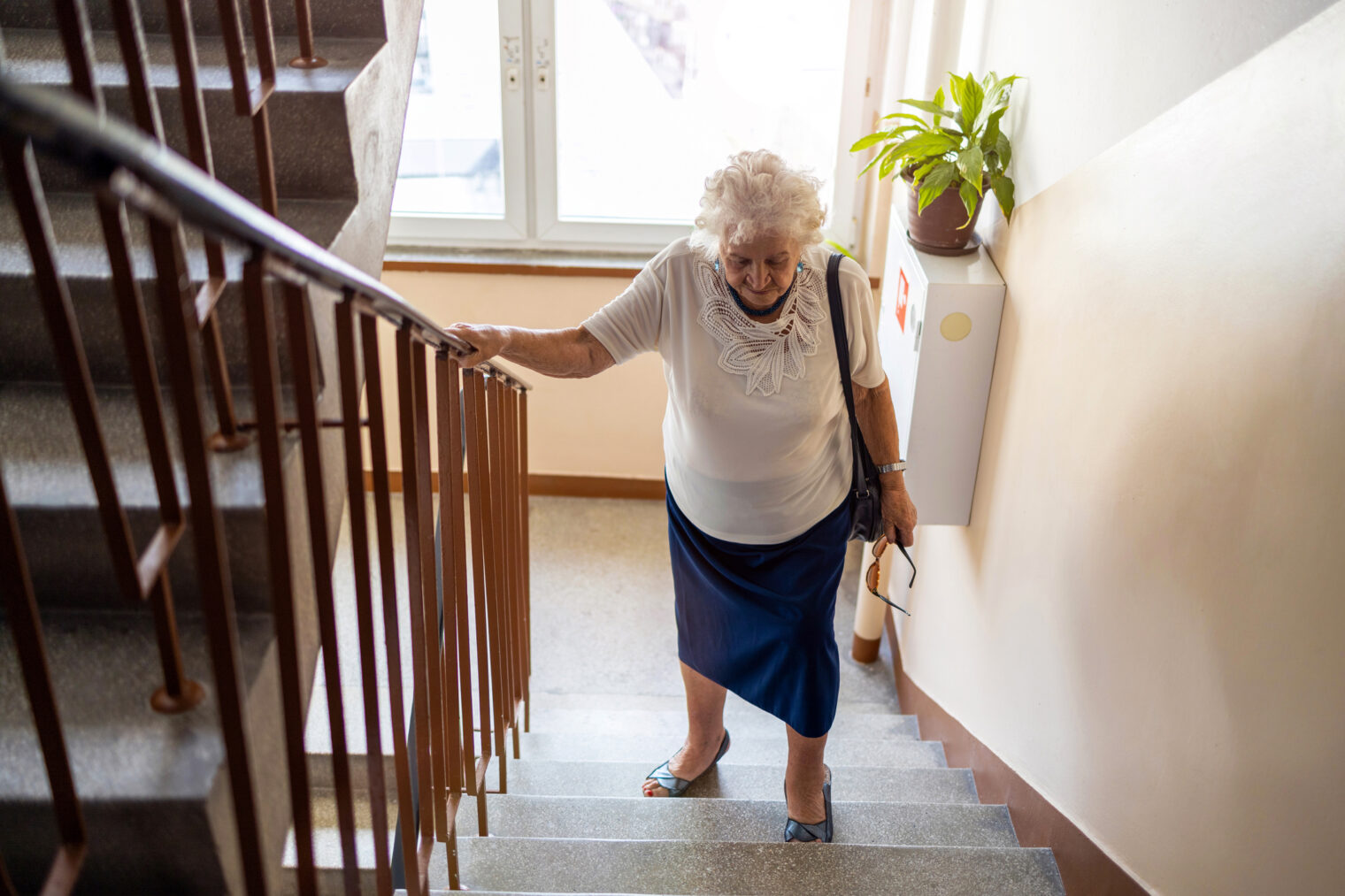Key Takeaways
- Most people choose to remain in their homes as they age, yet homes that were once supportive may present problems over time that could lead to falls.
- As the leading cause of fatal and nonfatal injuries for older Americans, falls threaten seniors’ safety and independence, and generate enormous economic and personal costs.
- As older Americans spend more time in their homes, it is all the more important to ensure that the home environment is free from fall risks.
Falls, with or without injury, can carry a heavy quality of life impact to an older adult. That’s why it’s important to help your loved ones reduce the risk of falling and find ways to keep them healthy and independent for as long as possible.
Research shows that the optimal way to reduce fall risks for people at moderate to high risk of falls includes medication management, physical activity, and home modification. While medication management and physical activity may be fairly straightforward, home modification is often a less familiar topic. Home modification for falls prevention means to change or alter the environment to make daily activities easier, reduce accidents, and support independent living. This includes:
- Removing fall hazards such as clutter
- Installing improved lighting where needed
- Adding supports such as handrails
- Installing safety features such as grab bars around the toilet and in the shower
- Using a transfer bench
- Converting a bathtub to a curb-less shower
- Changing how or where activities occur
For some people, features such as walk-in bathtubs may be an appropriate option. An occupational or physical therapist can conduct a home assessment and make safety and home modification recommendations based on your specific needs.
The National Council on Aging partnered with the University of Southern California Leonard Davis School of Gerontology to develop a series of resources that feature home modification and home safety programs, assessment tools, and funding sources for families and professionals.
Home Assessment Tools
A home assessment tool can help identify hazards in the home environment that could lead to falls and areas where supportive features such as grab bars could make daily activities, such as bathing, easier. There are many assessments available. Some were designed to be conducted by a professional, while others can be used by individuals, family members, and caregivers. Visit our inventory of home assessment tools to explore a selection of user-friendly assessment forms for individuals and tested assessment tools for health professionals.
Home Modification Programs
Many home modifications are simple and easy to complete, such as removing clutter from the floor, using night lights to light the path from the bedroom to the bathroom, and adding anti-slip strips to tub or shower floors. However, some modifications may require the expertise of a provider or program. Our list of programs highlights evidence-based and innovative fall prevention programs with a home modification component. Most evidence-based programs are available nationwide. Visit NCOA’s map to find a program near you.
Funding for Home Modifications
Sometimes funding support is needed to obtain the necessary modifications. There are a range of agencies and organizations that can help. Learn about funding sources from the aging, disability, housing, and healthcare sectors to support home modification activities here. Next, you can visit the Home Modification Information Network to search for funding sources by state.
As people are spending more time in their homes, it is all the more important to ensure that the home environment is free from fall risks and supports safe, independent living.
This article is republished from The National Council on Aging. Read the original article.





